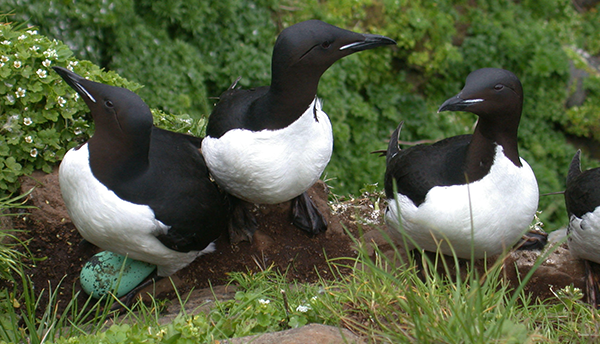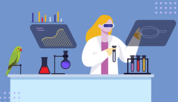Finding the STAMP of Human-Made Pollutants in Seabird Eggs How can one deny the majesty of seabirds soaring over the ocean or diving underwater to capture prey? That said, collecting seabird eggs to preserve them to learn about contaminants in the environment is not what I thought I would be doing as a marine biologist. Nor is it what comes to mind when one thinks about a national measurement institute such as the National Institute of Standards and Technology (NIST). Yet, for two decades, seabirds have been an important component of science at NIST. While seabirds spend most of their lives either flying above, floating on, or diving to the depths of the oceans, they do come ashore to breed, and thus they are exposed to the air, land and sea. Seabirds also feed on a wide range of foods, from berries, crustaceans (shrimp and crabs) and fish to deceased marine mammals, so their tissues can reflect the health of entire ecosystems. Some seabirds and eggs are important subsistence foods, and thus contamination of their tissues by human-made pollutants also affects people directly. | 




No comments:
Post a Comment